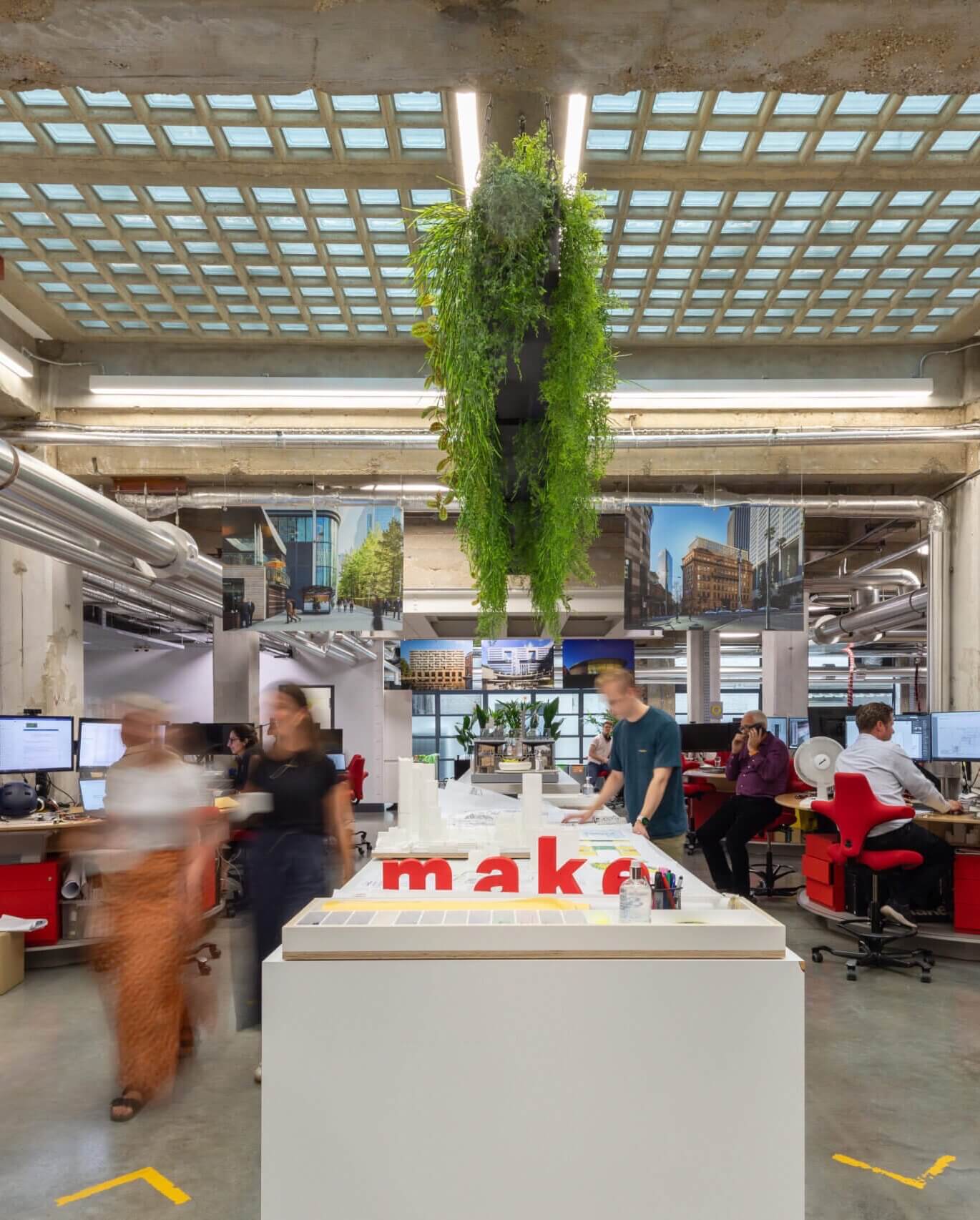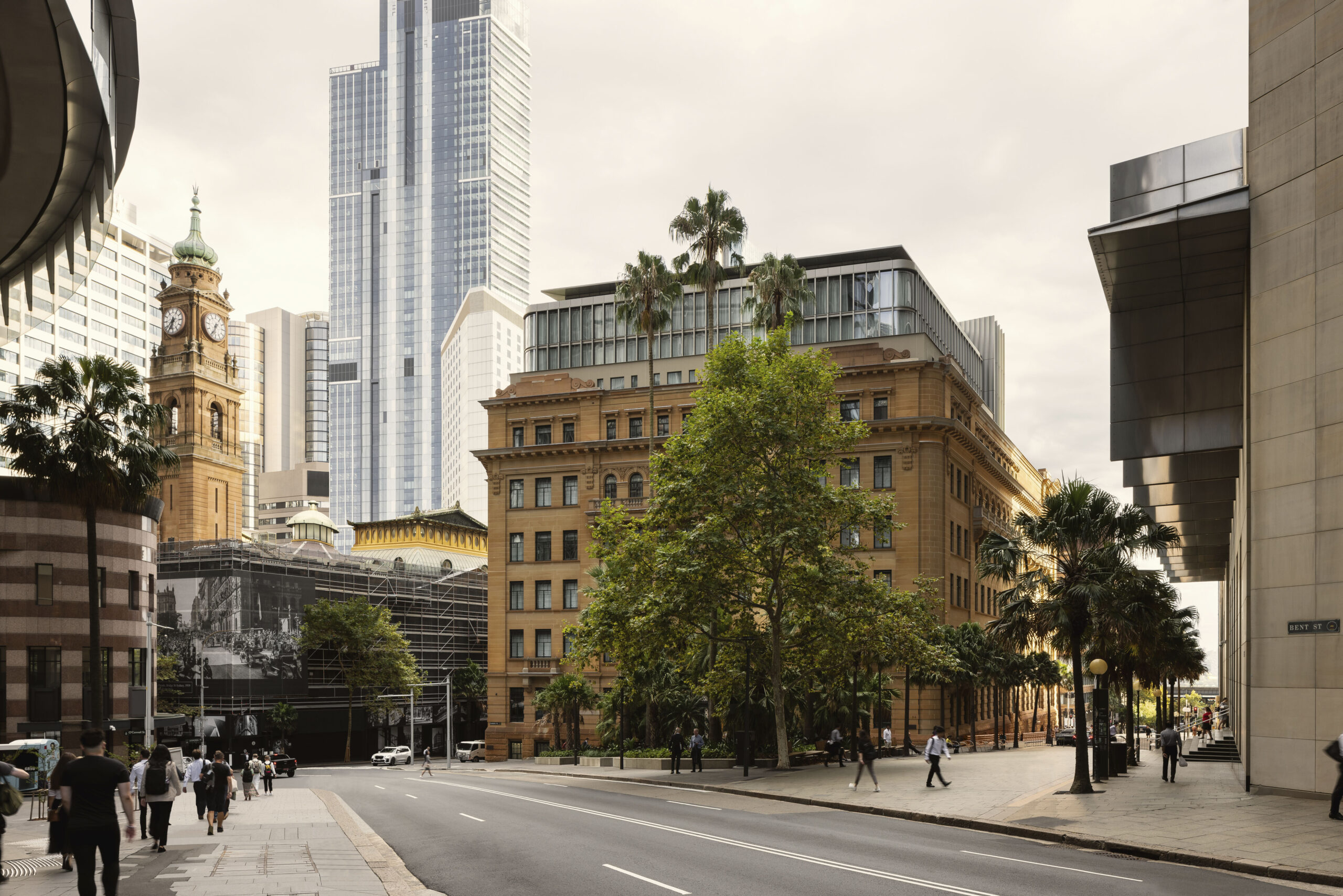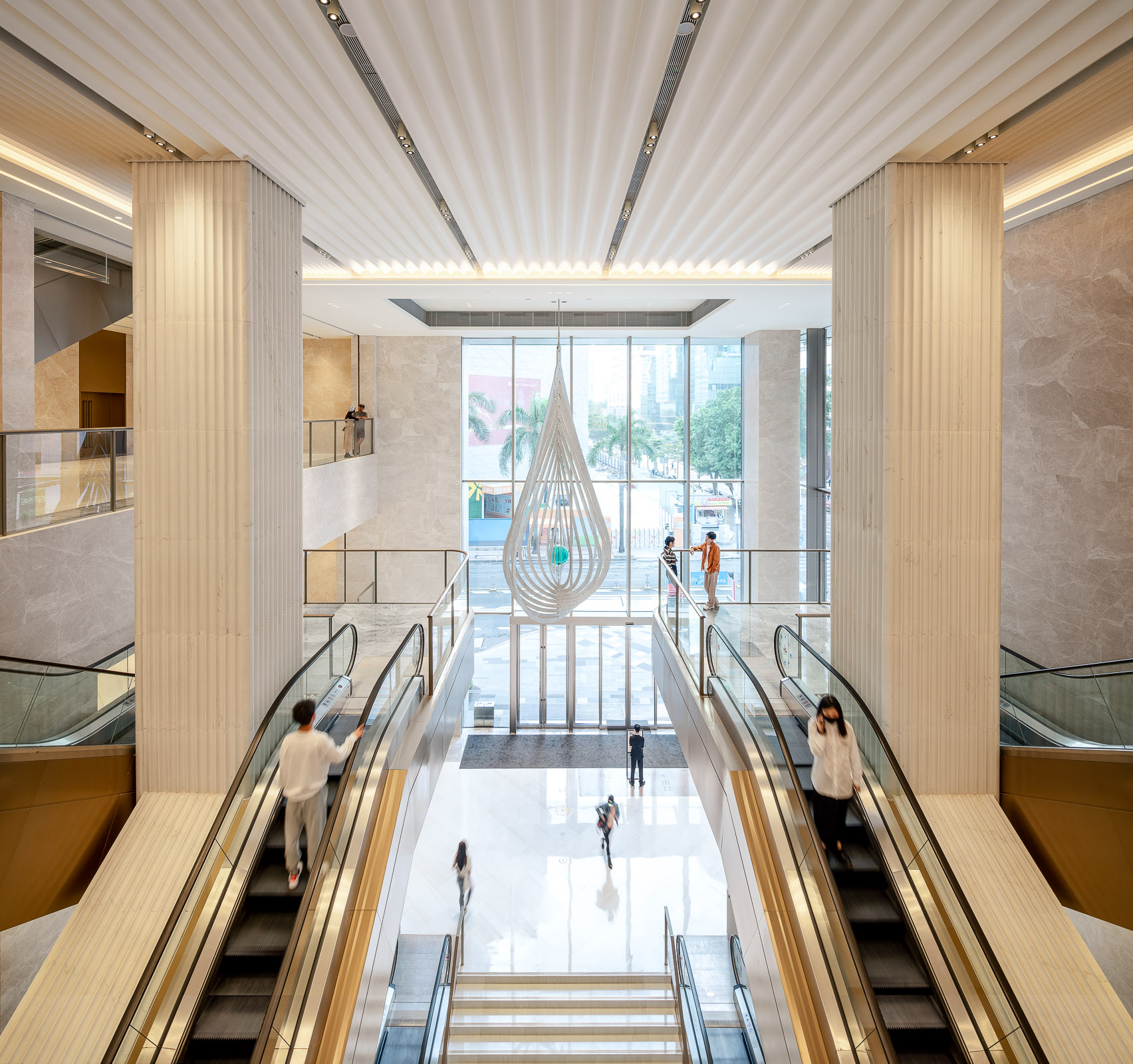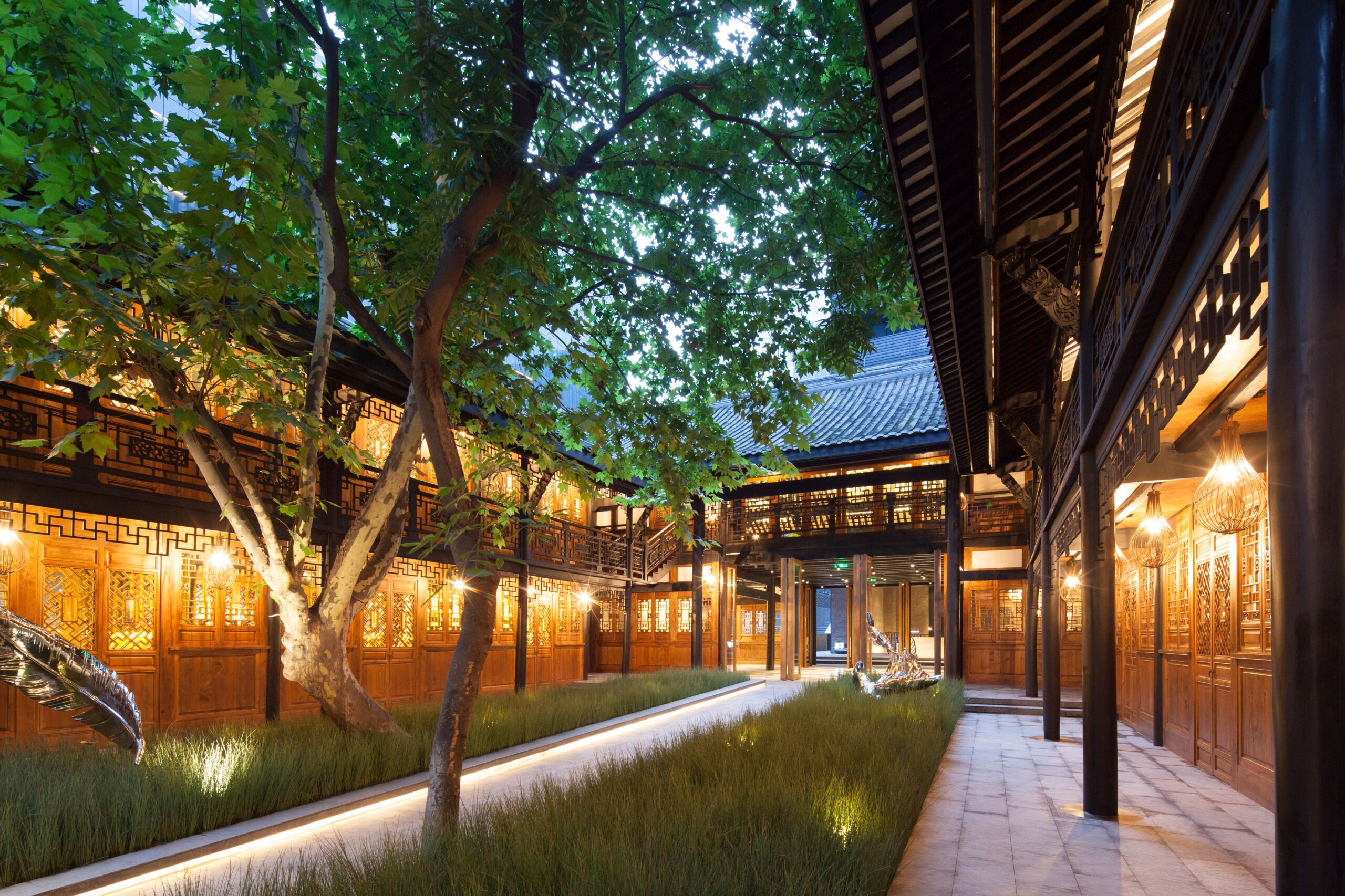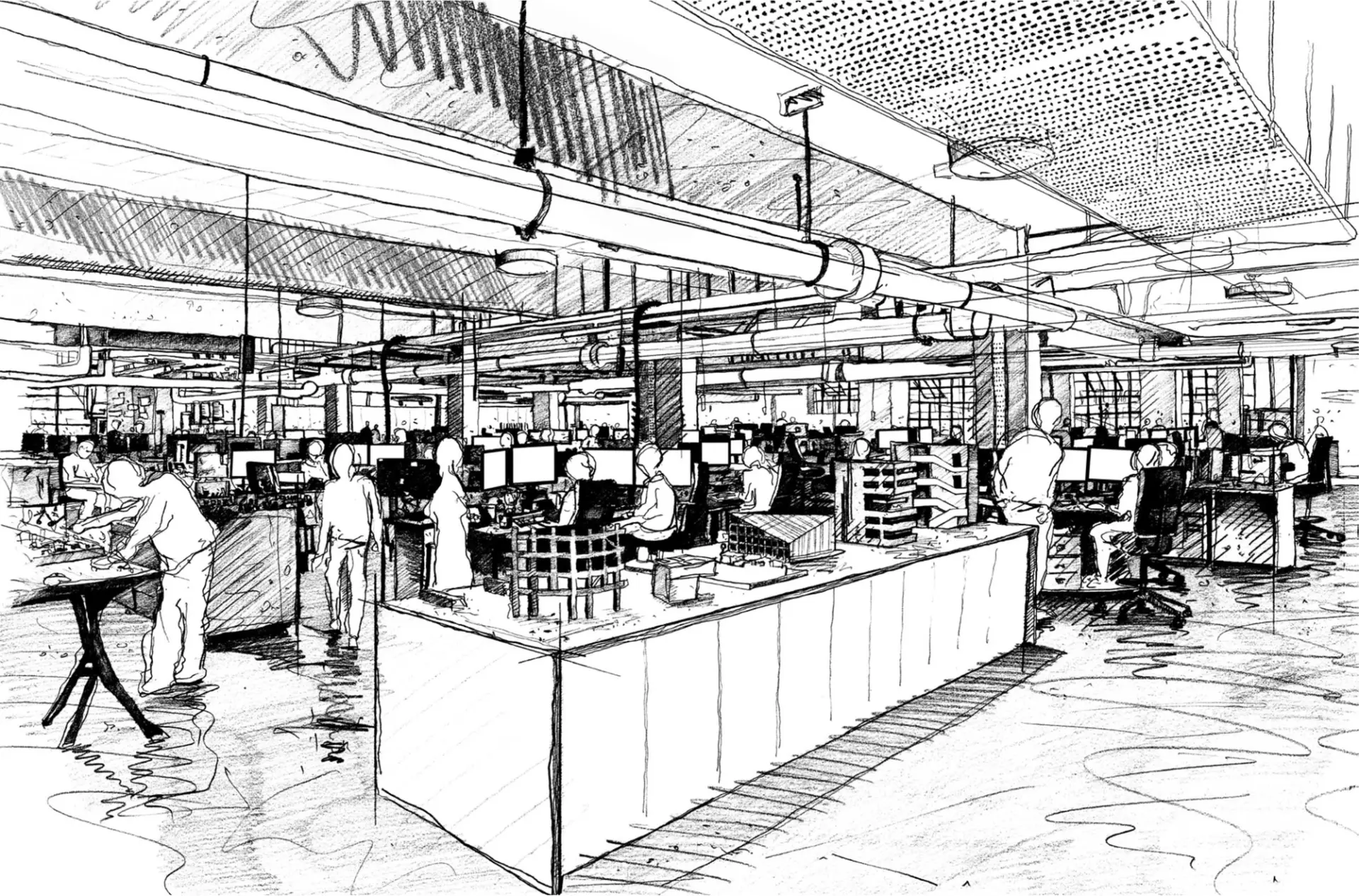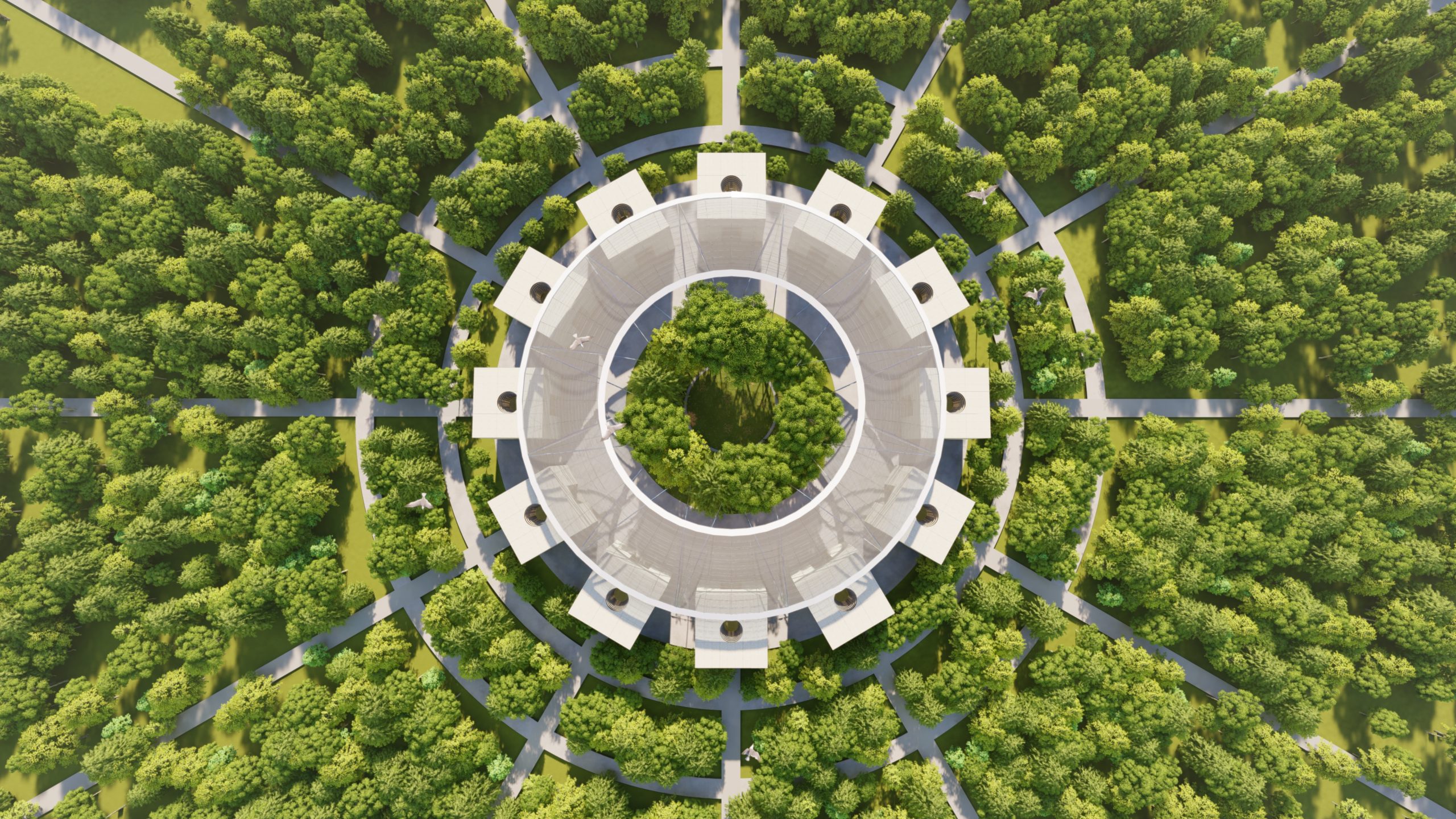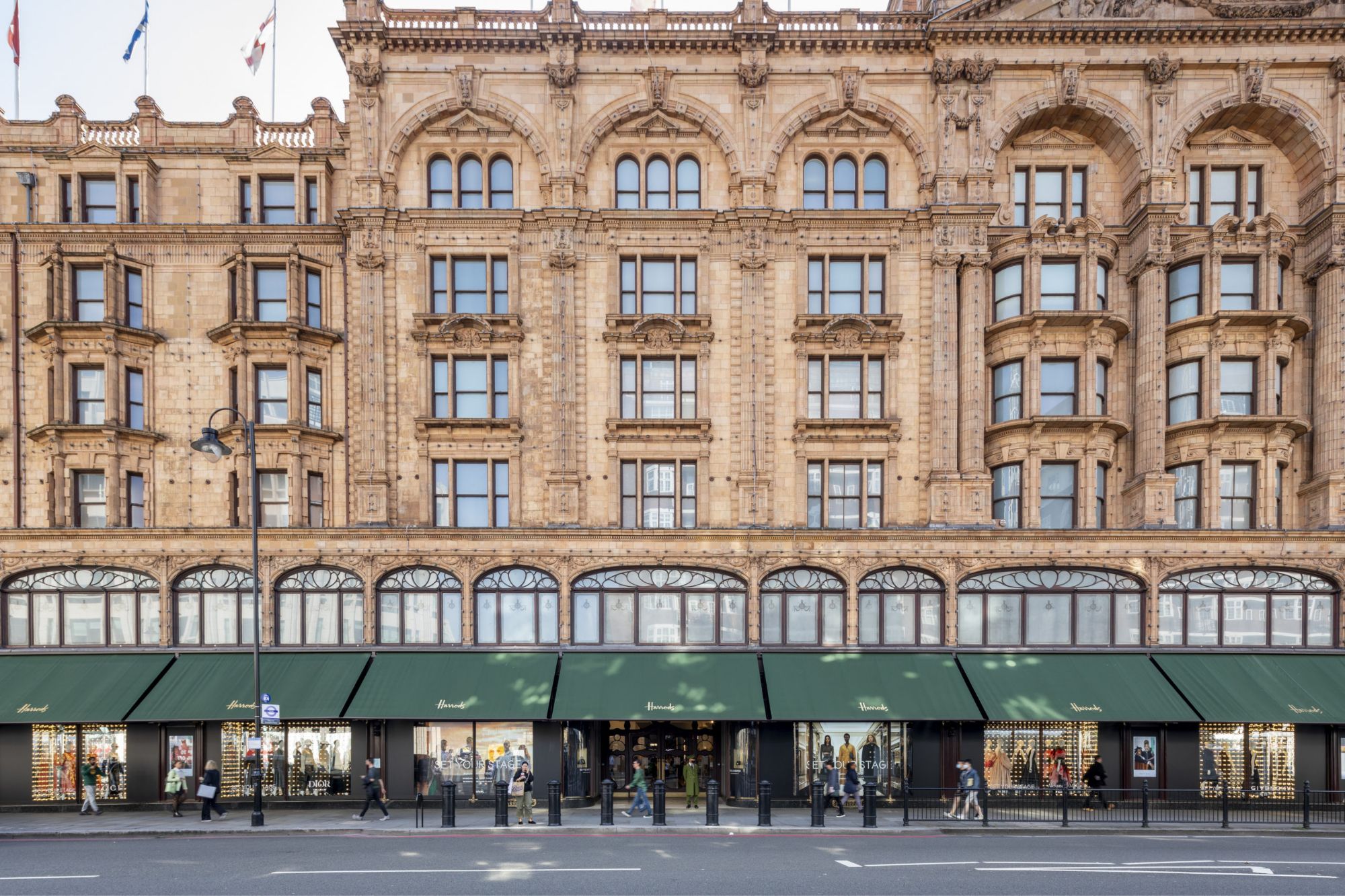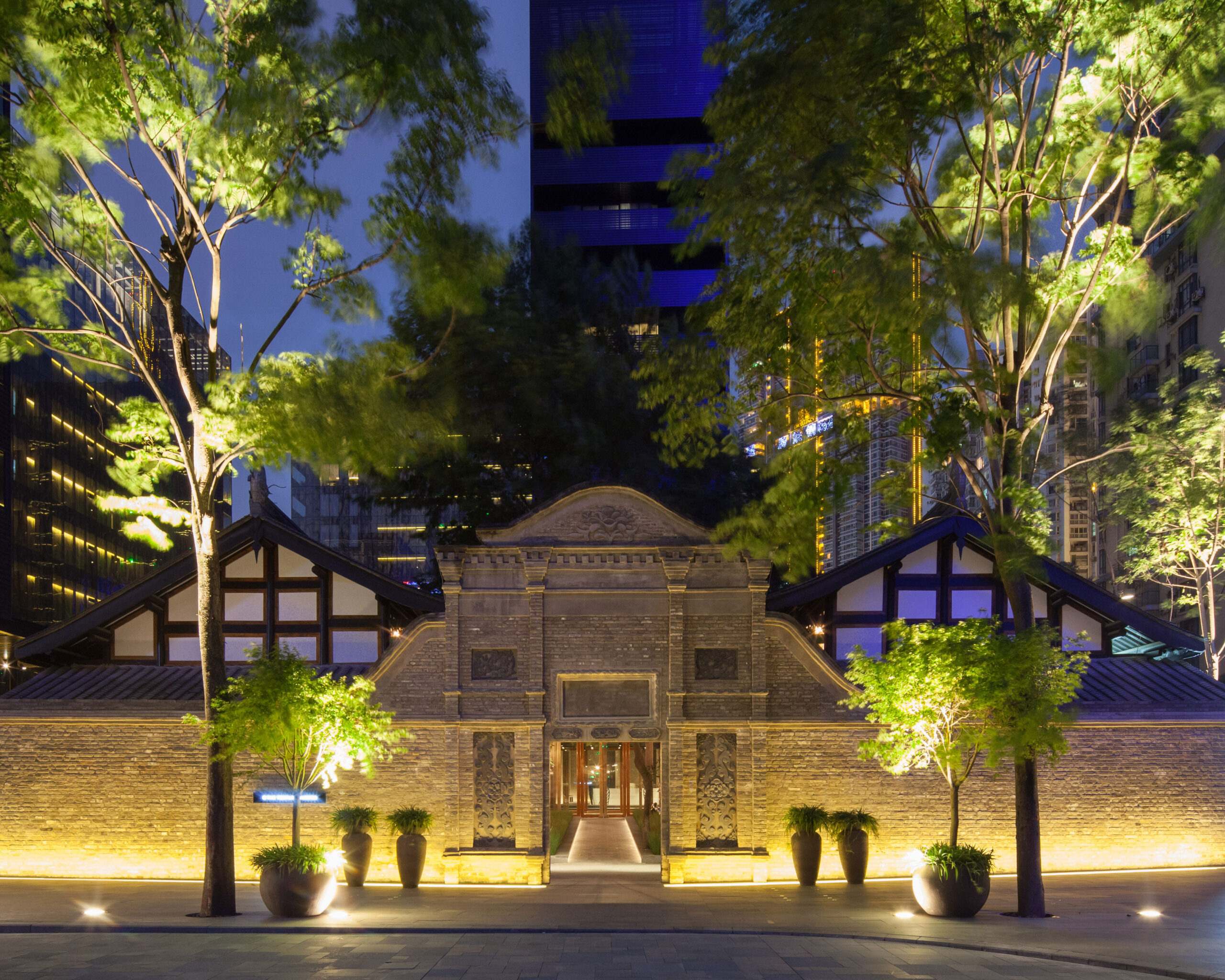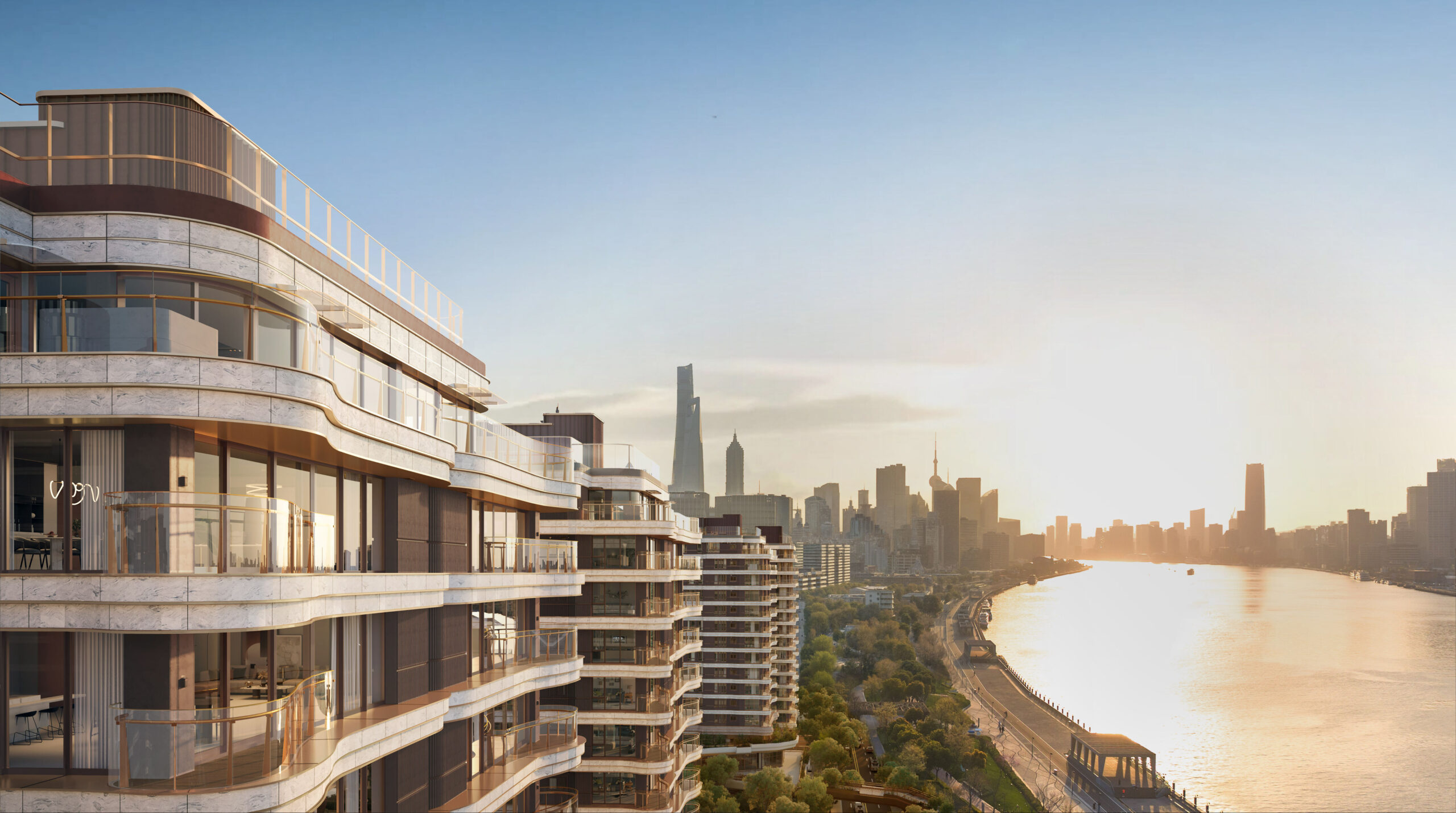
How did you first become interested in architecture?
I think the first time was when I was very little. My mum told me to just draw anything I saw as we walked to the park together, and my first subject was a house. From then on, I started developing my drawing skills and she said, “I think you’ll become an architect when you’re older.”
What type of medium do you like to use when you draw?
I like pen. That’s my favourite to work with.
Great choice! And how are you finding your final year of A-Levels?
A bit stressful, but I’m also quite excited to pursue my architecture degree in university.
What’s stressful about it? And what universities have you considered?
Well, I have a lot going on because I study English literature and product design on top of architecture, so there’s a lot of practical and written work that I have to balance. But I think I can work with it quite well. I really like Bath as they do civil engineering with architecture.



Do you have any favourite architects or buildings?
Renzo Piano, Frank Gehry and Zaha Hadid are the main three for me. Renzo has been one of my favourites since I started Year 12; I like his Beyeler Foundation Museum in Switzerland a lot.
Can you tell us more about your project?
Our team is designing a spiral pavilion. As you go inside, you’re almost forced to go around the space and as you walk around, different types of activities and features, like a reading area or sensory wall, are there to explore. We were inspired by conch shells and sea forms.
What kind of materials are you considering using?
We were thinking of using timber for the structure, plywood for the roof and glass bottles for some of the walls. We are trying to use as many sustainable materials as we can.
How did you get involved with the People’s Pavilion?
My architecture teacher in college encouraged me to sign up for it. He said it was a great opportunity for me and my future to see how architects and engineers work together.
How would you want your pavilion to be used?
I want all types of people to use the space, from the elderly to young children. The space is near the library, so I want to bring the community together, even if they only use it for a few hours and then go back whenever they want to. It should be a space to bring joy.
Have you been around Lea Bridge Library to assess the area where the pavilion will be built?
I asked a few of the staff members what type of people come into the library, or just in general. It’s mostly mums coming in. They come in as a group as well. And also most of the users are people that want to work in quieter places, such as students in the library.
The site right now is quite bumpy, we weren’t allowed to dig underground for stability, so I thought of making something that’s stable, but can also be easily dismantled so other people can use the materials after it’s finished.

Is this your first time interacting with professional architects?
Yes, it’s my first time.
How have you found it?
It’s been very good, very interesting as well to see the ways different architects think, engineers as well, and how every architect has their own style and way of thinking about architecture and how they live with it.
What do you think people should know about architecture?
Not all people think of architecture as more than just a building and how it’s made. They should think of where the development of an idea comes from, as in your inspiration and how you develop it and how you give it to the engineers and how they develop it, and then to the consultants and how they do it – it’s a very long process. And I just feel like people should realise the amount of work architects put in and how difficult it is at some points to make models and just figure out in a couple of days how to do that.





